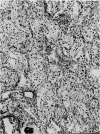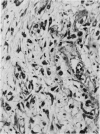Abstract
The clinical course of a young woman following two separate suicide attempts using the herbicide paraquat is reported. The patient survived an intramuscular injection of paraquat almost asymptomatically, but later exhibited a typical fatal course with fulminant proliferative pulmonary fibrosis after an intravenous injection. Fibrosis and death occurred despite a therapeutic regimen based upon a known action of paraquat, the generation of superoxide (O2[unk]), using superoxide dismutase, α-tocopherol, and ascorbic acid in conjunction with forced diuresis and prednisone. While treatment failed explanations for the failure of therapy in this case and current therapeutic alternatives are discussed so that they may be considered when future cases are encountered.
Full text
PDF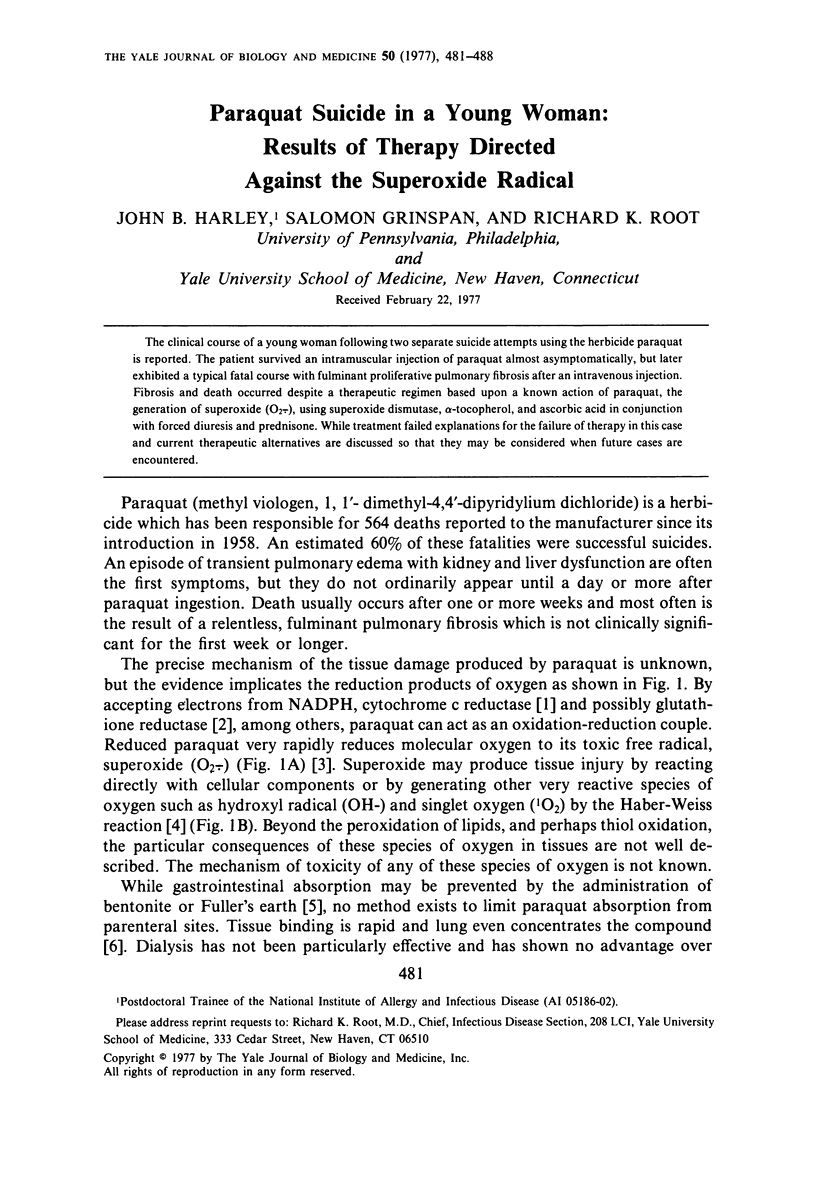
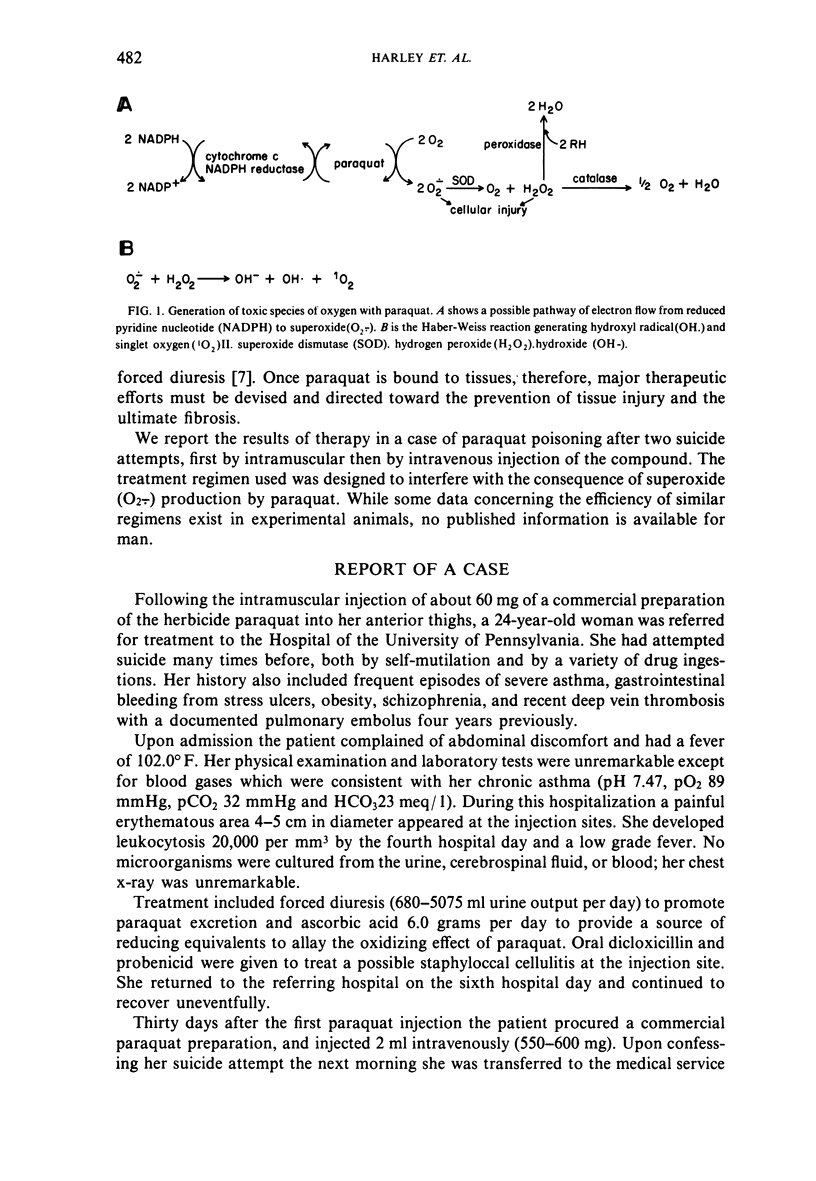
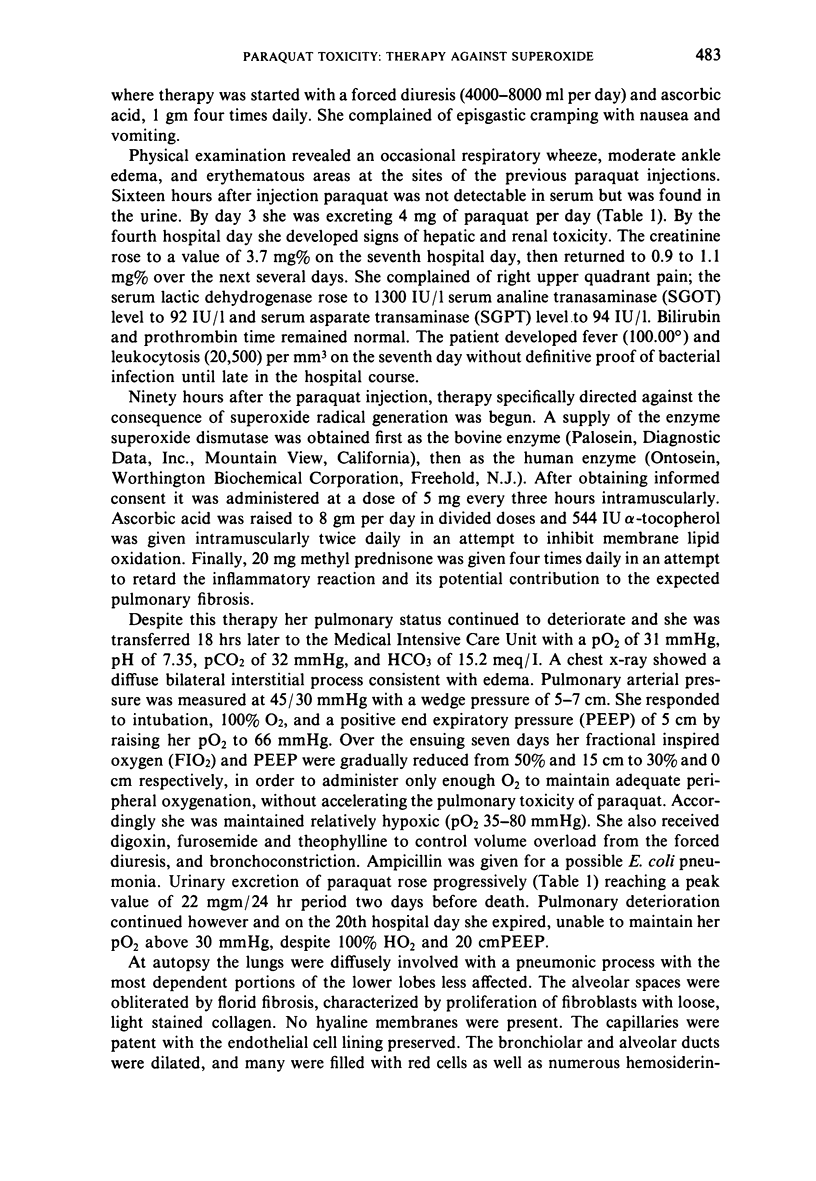
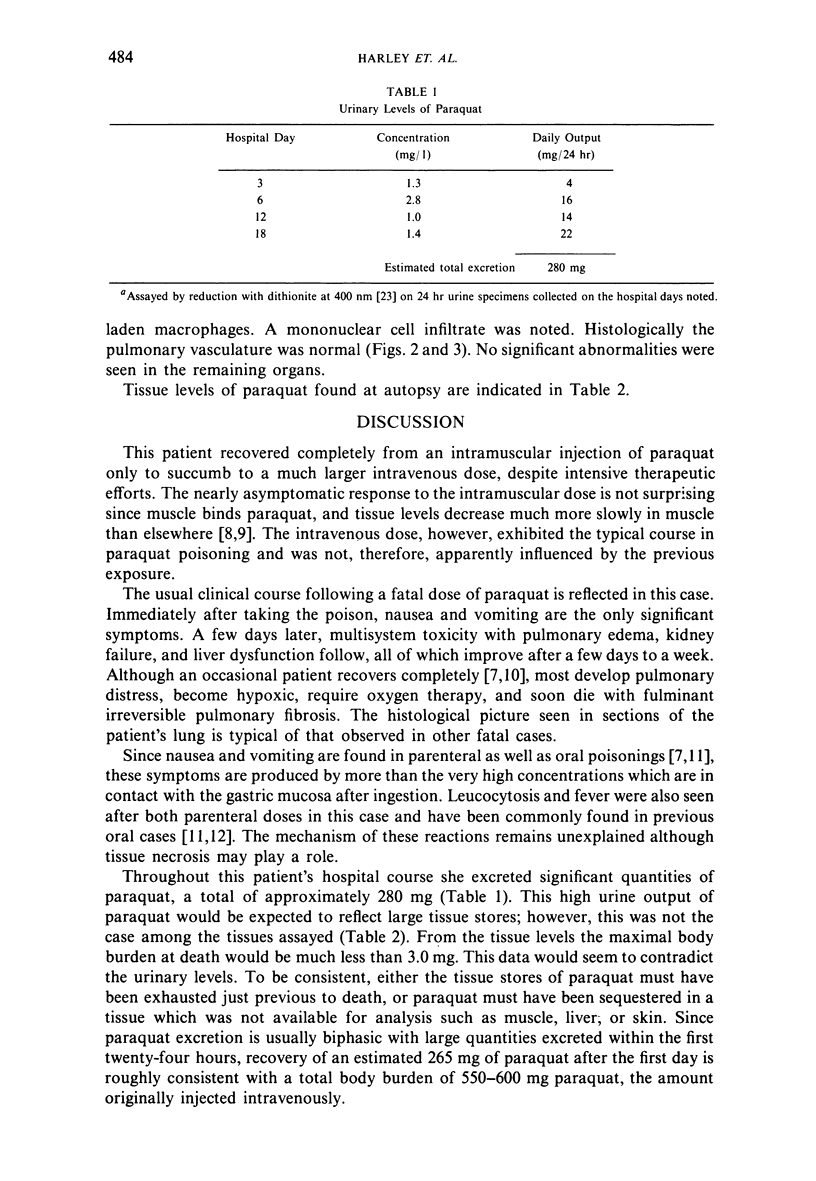
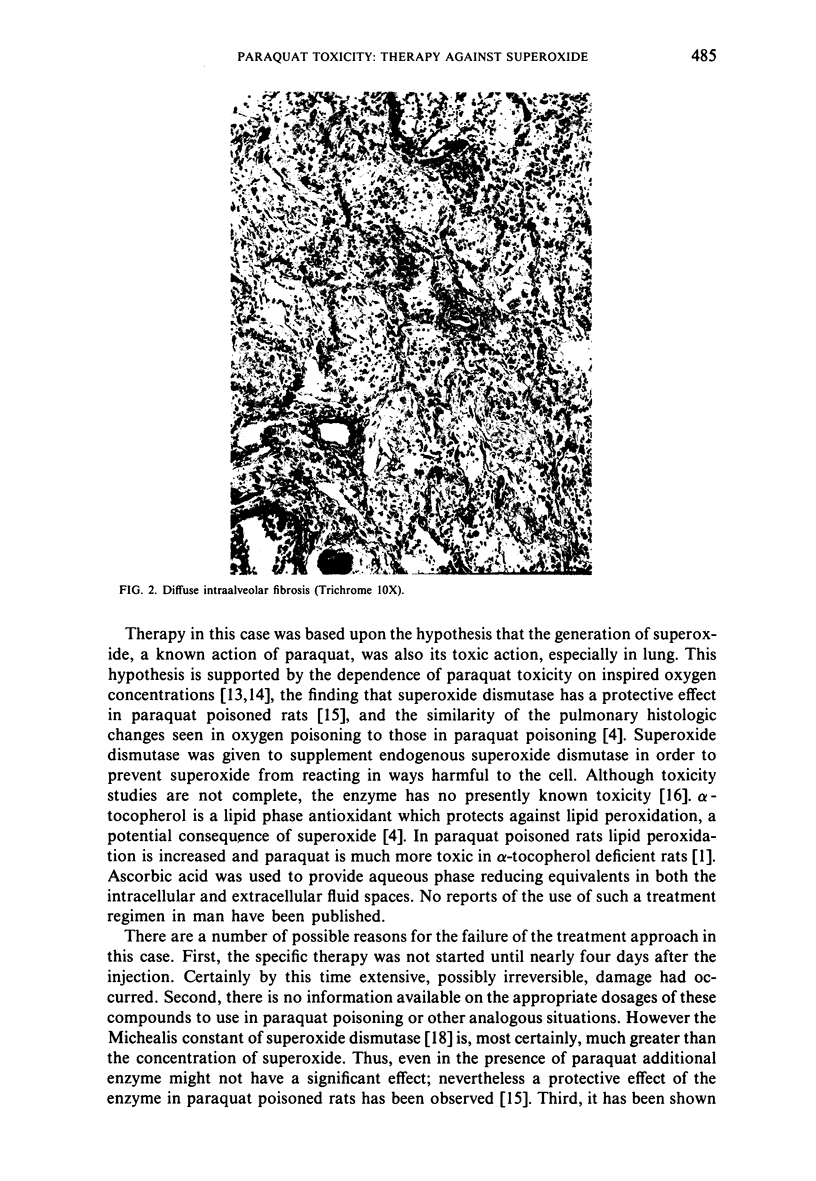
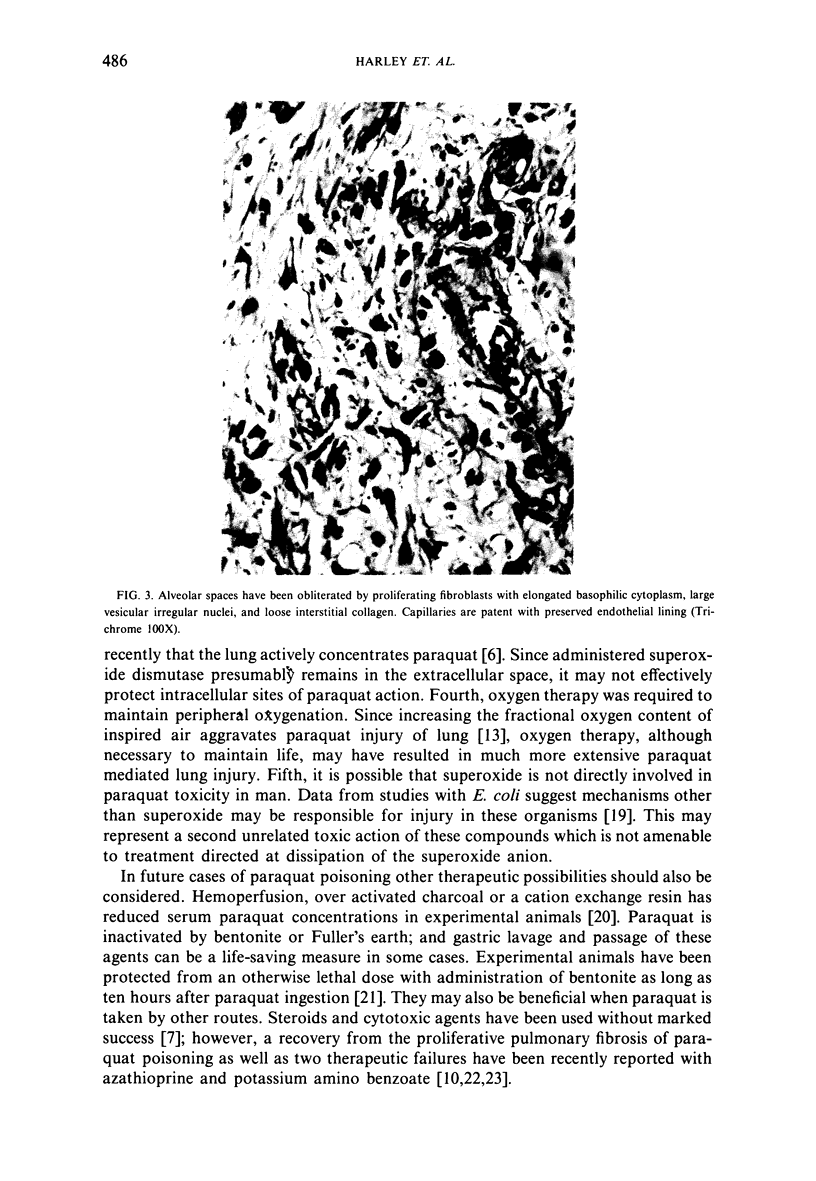
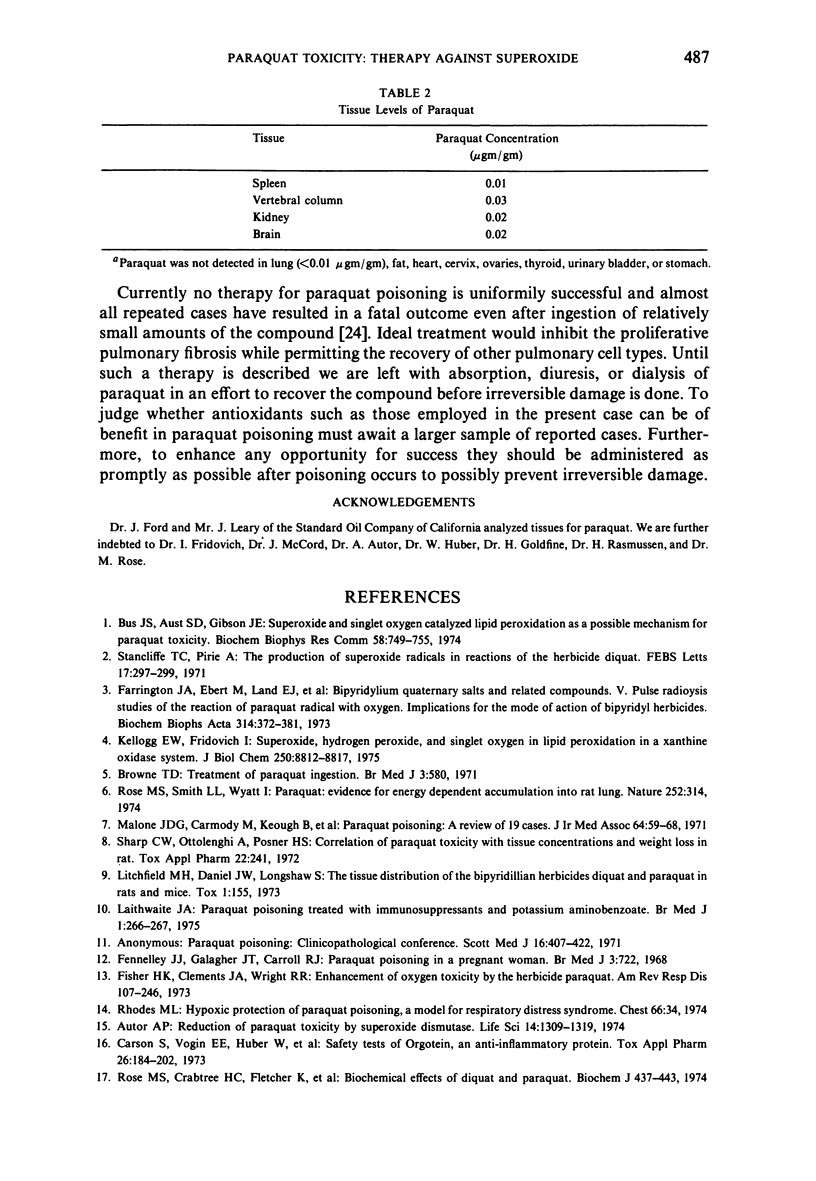
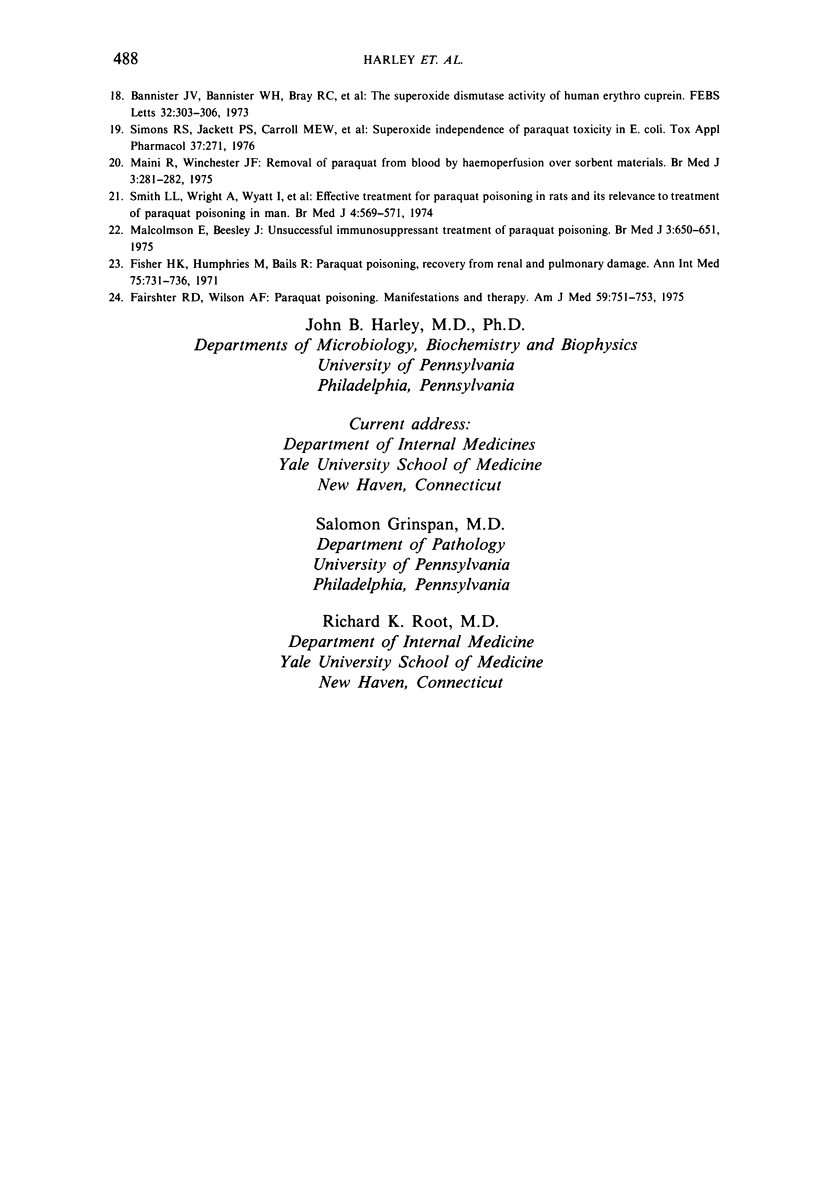
Images in this article
Selected References
These references are in PubMed. This may not be the complete list of references from this article.
- Autor A. P. Reduction of paraquat toxicity by superoxide dismutase. Life Sci. 1974 Apr 1;14(7):1309–1319. doi: 10.1016/0024-3205(74)90439-1. [DOI] [PubMed] [Google Scholar]
- Bannister J. V., Bannister W. H., Bray R. C., Fielden E. M., Roberts P. B., Rotilio G. The superoxide dismutase activity of human erythrocuprein. FEBS Lett. 1973 Jun 1;32(2):303–306. doi: 10.1016/0014-5793(73)80859-2. [DOI] [PubMed] [Google Scholar]
- Browne T. D. Treatment of paraquat ingestion. Br Med J. 1971 Sep 4;3(5774):580–580. doi: 10.1136/bmj.3.5774.580-a. [DOI] [PMC free article] [PubMed] [Google Scholar]
- Bus J. S., Aust S. D., Gibson J. E. Superoxide- and singlet oxygen-catalyzed lipid peroxidation as a possible mechanism for paraquat (methyl viologen) toxicity. Biochem Biophys Res Commun. 1974 Jun 4;58(3):749–755. doi: 10.1016/s0006-291x(74)80481-x. [DOI] [PubMed] [Google Scholar]
- Carson S., Vogin E. E., Huber W., Schulte T. L. Safety tests of orgotein, an antiinflammatory protein. Toxicol Appl Pharmacol. 1973 Oct;26(2):184–202. doi: 10.1016/0041-008x(73)90252-4. [DOI] [PubMed] [Google Scholar]
- Fairshter R. D., Wilson A. F. Paraquat poisoning: manifestations and therapy. Am J Med. 1975 Dec;59(6):751–753. doi: 10.1016/0002-9343(75)90459-3. [DOI] [PubMed] [Google Scholar]
- Farrington J. A., Ebert M., Land E. J., Fletcher K. Bipyridylium quaternary salts and related compounds. V. Pulse radiolysis studies of the reaction of paraquat radical with oxygen. Implications for the mode of action of bipyridyl herbicides. Biochim Biophys Acta. 1973 Sep 26;314(3):372–381. doi: 10.1016/0005-2728(73)90121-7. [DOI] [PubMed] [Google Scholar]
- Fennelly J. J., Gallagher J. T., Carroll R. T. Paraquat poisoning in a pregnant woman. Br Med J. 1968 Sep 21;3(5620):722–723. doi: 10.1136/bmj.3.5620.722. [DOI] [PMC free article] [PubMed] [Google Scholar]
- Fisher H. K., Clements J. A., Wright R. R. Enhancement of oxygen toxicity by the herbicide paraquat. Am Rev Respir Dis. 1973 Feb;107(2):246–252. doi: 10.1164/arrd.1973.107.2.246. [DOI] [PubMed] [Google Scholar]
- Fisher H. K., Humphries M., Bails R. Paraquat poisoning. Recovery from renal and pulmonary damage. Ann Intern Med. 1971 Nov;75(5):731–736. doi: 10.7326/0003-4819-75-5-731. [DOI] [PubMed] [Google Scholar]
- Kellogg E. W., 3rd, Fridovich I. Superoxide, hydrogen peroxide, and singlet oxygen in lipid peroxidation by a xanthine oxidase system. J Biol Chem. 1975 Nov 25;250(22):8812–8817. [PubMed] [Google Scholar]
- Laithwaite J. A. Letter: Paraquat poisoning treated with immunosuppressants and potassium aminobenzoate. Br Med J. 1975 Feb 1;1(5952):266–267. doi: 10.1136/bmj.1.5952.266-b. [DOI] [PMC free article] [PubMed] [Google Scholar]
- Litchfield M. H., Daniel J. W., Longshaw S. The tissue distribution of the bipyridylium herbicides diquat and paraquat in rats and mice. Toxicology. 1973 Jun;1(2):155–165. doi: 10.1016/0300-483x(73)90029-2. [DOI] [PubMed] [Google Scholar]
- Maini R. Removal of paraquat from blood by haemoperfusion over sorbent materials. Br Med J. 1975 Aug 2;3(5978):281–282. doi: 10.1136/bmj.3.5978.281. [DOI] [PMC free article] [PubMed] [Google Scholar]
- Malcolmson E., Beesley J. Letter: Unsuccessful immunosuppressant treatment of paraquat poisoning. Br Med J. 1975 Sep 13;3(5984):650–651. doi: 10.1136/bmj.3.5984.650-b. [DOI] [PMC free article] [PubMed] [Google Scholar]
- Malone J. D., Carmody M., Keogh B., O'Dwyer W. F. Paraquat poisoning; a review of nineteen cases. J Ir Med Assoc. 1971 Feb 4;64(405):59–68. [PubMed] [Google Scholar]
- Rose M. S., Smith L. L., Wyatt I. Evidence for energy-dependent accumulation of paraquat into rat lung. Nature. 1974 Nov 22;252(5481):314–315. doi: 10.1038/252314b0. [DOI] [PubMed] [Google Scholar]
- Sharp C. W., Ottolenghi A., Posner H. S. Correlation of paraquat toxicity with tissue concentrations and weight loss of the rat. Toxicol Appl Pharmacol. 1972 Jun;22(2):241–251. doi: 10.1016/0041-008x(72)90174-3. [DOI] [PubMed] [Google Scholar]
- Simons R. S., Jackett P. S., Carroll M. E., Lowrie D. B. Superoxide independence of paraquat toxicity in Escherichia coli. Toxicol Appl Pharmacol. 1976 Aug;37(2):271–280. doi: 10.1016/0041-008x(76)90090-9. [DOI] [PubMed] [Google Scholar]
- Smith L. L., Wright A., Wyatt I., Rose M. S. Effective treatment for paraquat poisoning in rats and its relevance to treatment of paraquat poisoning in man. Br Med J. 1974 Dec 7;4(5944):569–571. doi: 10.1136/bmj.4.5944.569. [DOI] [PMC free article] [PubMed] [Google Scholar]
- Stancliffe T. C., Pirie A. The production of superoxide radicals in reactions of the herbicide diquat. FEBS Lett. 1971 Oct 1;17(2):297–299. doi: 10.1016/0014-5793(71)80168-0. [DOI] [PubMed] [Google Scholar]



